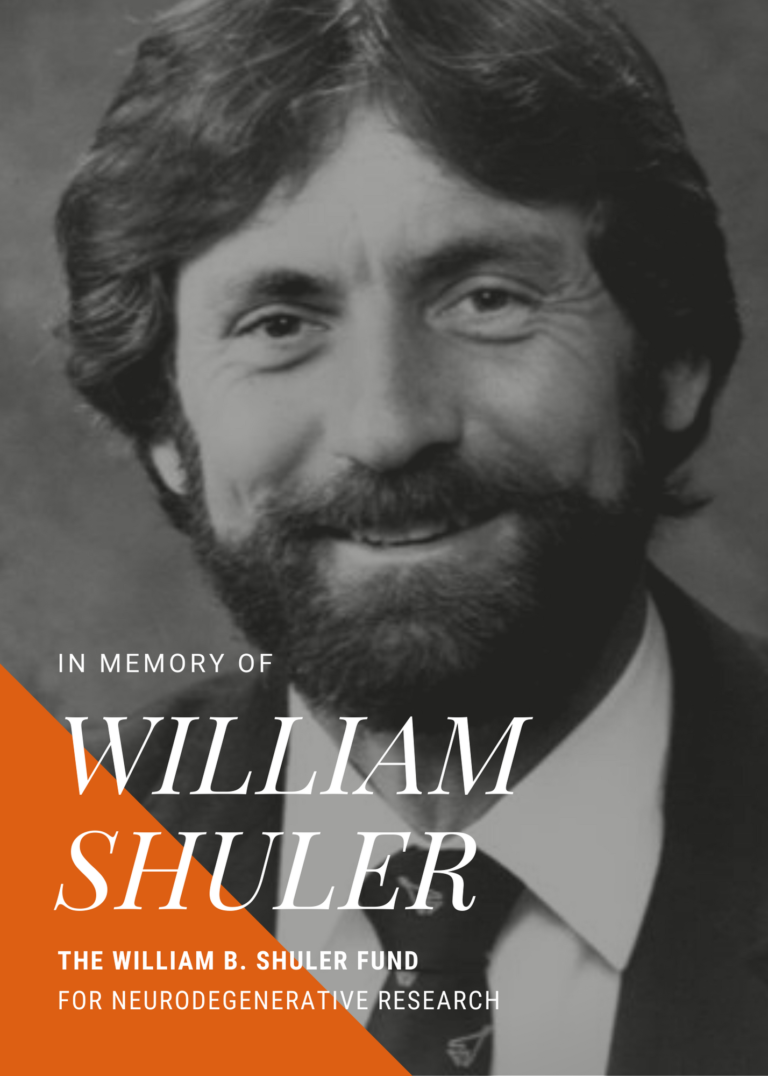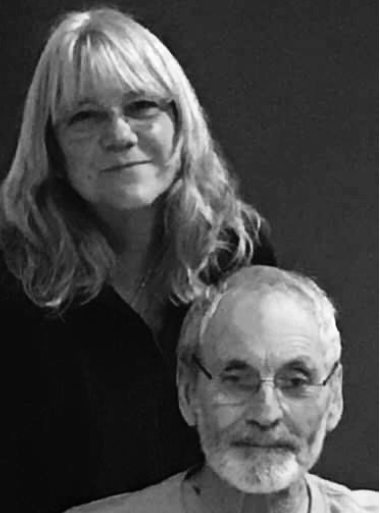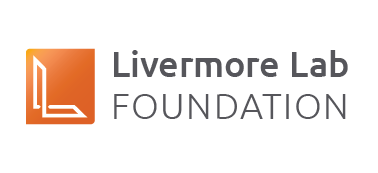LLF Announces Legacy Fund for
Neurodegenerative Disease Research
The William B. Shuler Fund for Neurodegenerative Research

He was a ‘Renaissance’ man.
Ask the friends and family of William ‘Bill’ Shuler to describe him, and a myriad of monikers and visual images surface.
Artist, athlete, musician, animal and nature lover, Army brat, traveler, nuclear weapons physicist, mentor. He was intelligent, engaging, handsome, religious and empathetic.
A gentle spirit. Passionate about life – and Lawrence Livermore National Lab (LLNL).
This ‘Renaissance’ man, William ‘Bill’ Shuler, passed away in March 2021, as the result of a tragic car accident near his home in Port Angeles, Washington. He was 81 and had struggled recently with a diagnosis of Alzheimer’s disease.
Shuler spent more than 29 years at LLNL, dedicated to astrophysics, high energy experimental physics, strategic weapons design and modern manufacturing.
He also served on assignment with the Department of Energy in Washington DC, providing direction to the department’s chemical, nuclear and biological proliferation programs.
His storied career began in 1968, when he joined the Lab’s A-Division, following his graduation from the College of William and Mary, with a bachelors, masters and PhD in Physics. Growing up in a military family with his father who was a United States Army Major General, meant that Shuler was already a well-seasoned world traveler. But ironically, the new post-college opportunity at LLNL was also his very first job – ever. He’d never had even a summer or part-time employment position. He joined the Lab as a design physicist, where he made significant contributions to the understanding of one of the Lab’s early Navy submarine-launched ballistic missile programs. Shuler rose quickly, becoming the person responsible for Strategic Offensive Weapons and then heading the Lab’s evaluation and planning efforts as the D-Division leader. In 1980, he was named Associate Director of the Lab’s Military Applications Programs. Subsequent high-profile assignments, including leading the Advanced Manufacturing Initiative, led to the DOE position in 1991. He retired from the Lab in 1997.
In an obituary and story written for both LLNL and the local community newspaper, Shuler’s long-time colleague and friend, LLNL Director Emeritus George Miller, reflected on his legacy. He was “able to see the big picture and focus on getting details correct,” noted Miller. Adding that Shuler was “…generous with this time and advice, helping mentor many younger Lab associates.”
His former wife of 20 years, LLNL Computer Scientist Jean Shuler agreed.“Bill could really do anything and was friendly to everyone,” she said.
“He had a good number of connections because of his background. He was talented, outgoing and thrived on interaction.”

Post-retirement, Shuler’s love for science continued. “He liked to stay up late listening to scientific lectures,” said Blain. “He had many hobbies and was quite inquisitive. He could take any technical subject presented and put it on a level that I could understand. That’s just one of the reasons his diagnosis of Alzheimer’s was so horrible.”

Blain noted that while her brother’s legacy might be primarily associated with the Lab’s mission of stockpile stewardship and the nuclear deterrent, she also saw an opportunity to pay it forward, on behalf of Bill and for the greater society. “I wanted something good to come out of this,” she said. “Bill would want that.”
The result is the William B. Shuler Fund for Neurodegenerative Research, a restricted endowment designed to focus on the Lab’s unique capabilities in neurodegenerative diseases, including research in the identification of biomarkers and commonalities found in Alzheimer’s, Parkinson’s disease and Amyotrophic Lateral Sclerosis, (ALS).
“There is a nexus here, and we believe the Lab’s capabilities in physics-based modeling and multi-modal machine learning can provide comparative experimental and computational results,” said Dona Crawford, board chair of the Livermore Lab Foundation.
“We also want to focus on development of the Lab’s ex-vivo models to drive new biological insights and on the development of next-generation brain-machine interfaces and neuroprosthetics to restore quality of life. What are the factors that lead to Alzheimer’s, Parkinson and ALS? How can our society best address these neurodegenerative diseases?”
Crawford noted that LLNL has always strived to contribute to the greater good. “With this gift, the Lab ‘s capabilities in national security can be enhanced while helping society. We are grateful to Leslie Shuler Blain for her legacy gift to honor Bill and begin this endowment.”
Blain has committed a large portion of her estate to launch the fund and hopes that research will not only find the elusive biomarkers, but that treatment options will be identified. Bill and Leslie’s mother, Marjorie, also had Alzheimer’s and Leslie’s husband, Roger, passed away from ALS in 2017. Her in-laws, (Roger’s father and mother) also suffered from neurodegenerative diseases (Parkinson’s and Alzheimer’s). “My heart goes out to individuals, families and caregivers now struggling with these diseases. It can be a very lonely world,” said Blain.
“These are horrible diseases,” noted Jean Shuler. “I believe this is a perfect way for Leslie to honor her brother. If the Lab can do something in this area, so many will benefit. These neurodegenerative diseases touch every family.”
“Bill was my knight-in-shining armor,” said Blain.
“I want him to live on, at a place he loved and helping others. I hope this fund can do that.”
The William B. Shuler Fund for Neurodegenerative Research will provide dedicated resources to LLNL’s unique science portfolio. Contributions in honor of Bill Shuler, his life and legacy at LLNL, can be made here. Donations are fully deductible – to the extent of the law.
Media Mentions
Livermore Lab Foundation Creates Fund For Neuro-Disease Research to Honor William B. Shuler
The Livermore Lab Foundation has established an endowment to fund neuro-disease research in honor of a former Lawrence Livermore National Laboratory (LLNL) employee, William B. Shuler, who suffered from Alzheimer’s disease. Read more by following the icon to the left.
